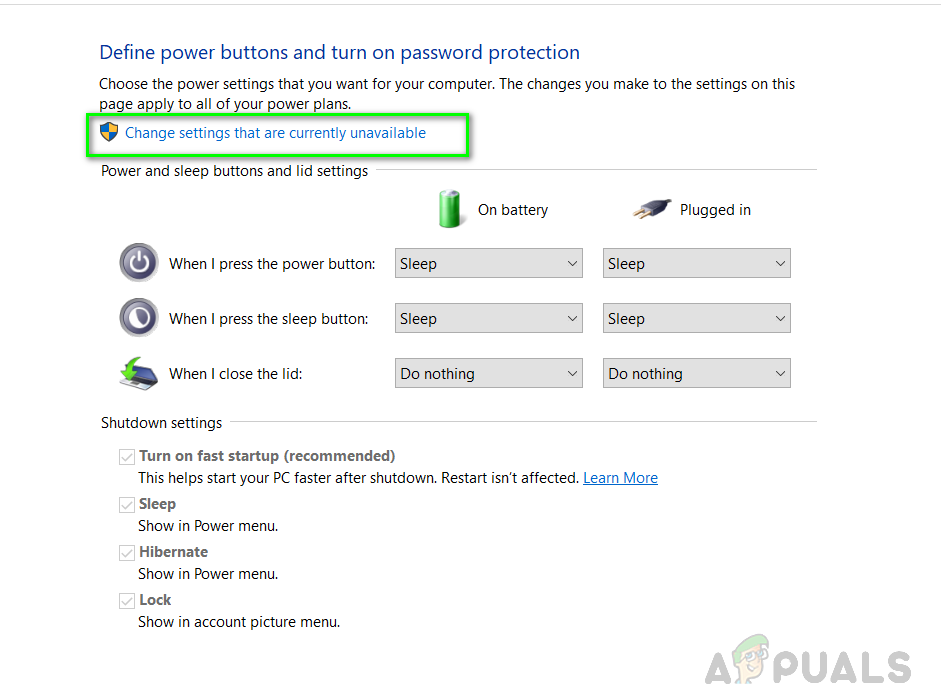It is important to keep the Windows updated because if you miss the security updates then you leave your system vulnerable to cyber attacks, viruses, and malware. Even if the update does not remove the security vulnerability, it still enhances the overall stability of the computer system and it also installs the latest features offered by the Windows Operating System and also patches the already installed software.
Method 1: Manually Update the Windows
In this method, we will try to update the Windows Operating System through the Command Prompt also known as the Power Shell. Windows Power Shell offers more control over the operating system and allows the user to perform tasks that are otherwise not possible to perform in the native Graphical Environment.
Method 2: Perform a Repair Install of Windows 10
In this method, we will perform a repair install of Windows 10. This method allows an in-place upgrade without losing anything other than all installed Windows Updates. You will keep all the previously installed applications and programs since an in-place upgrade works the same as a normal upgrade. You do not need to go into boot or Safe Mode to perform this upgrade, it can be done directly from the Windows Environment. You will need to make sure that you have the following available:
At least 9GB of free space on the drive where Windows is installedAn installation media (CD or Bootable USB) which has the same .ISO image file that is already installed on your computer including the exact same edition and buildThe installation media should be in the same language as the system default language of your currently installed Windows.The .ISO image should be the same as your current Windows architecture, i.e. if you have 32-bit Windows installed the .ISO should be 32-bit as well and if you have the 64-bit version installed then .ISO image should also be the 64-bit version.You should be logged in as an Administrator account to perform this upgrade
How to Fix Windows Update Error 0x8007001F in Windows 11FIX: Windows 10 Anniversary Update Fails with Error 0x8007001fHow to Fix Windows 10 Update Failing with Error 0x8024200DHow to Fix Windows 10 Anniversary Update Failing with Error 0x80070070


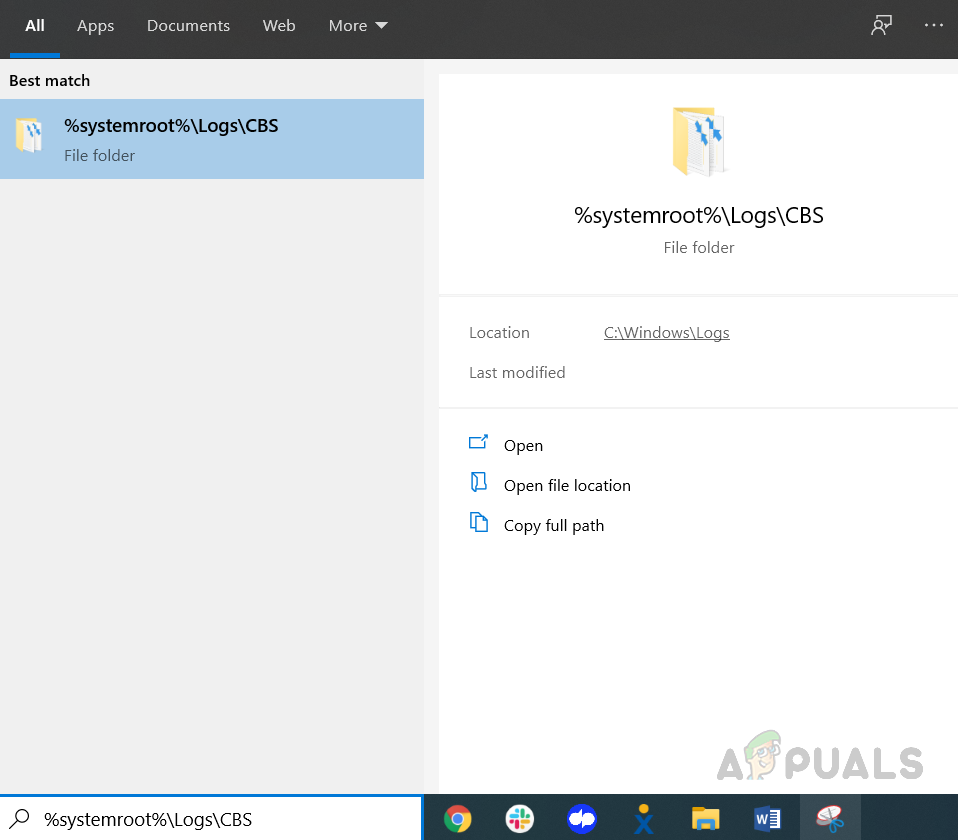

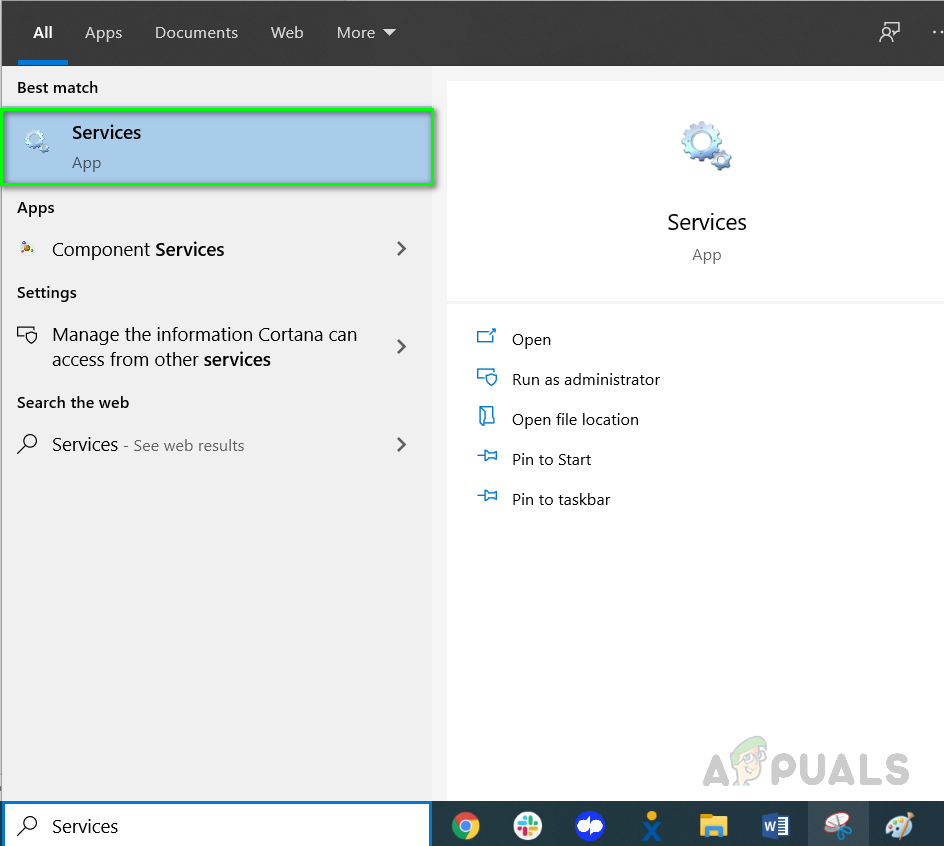
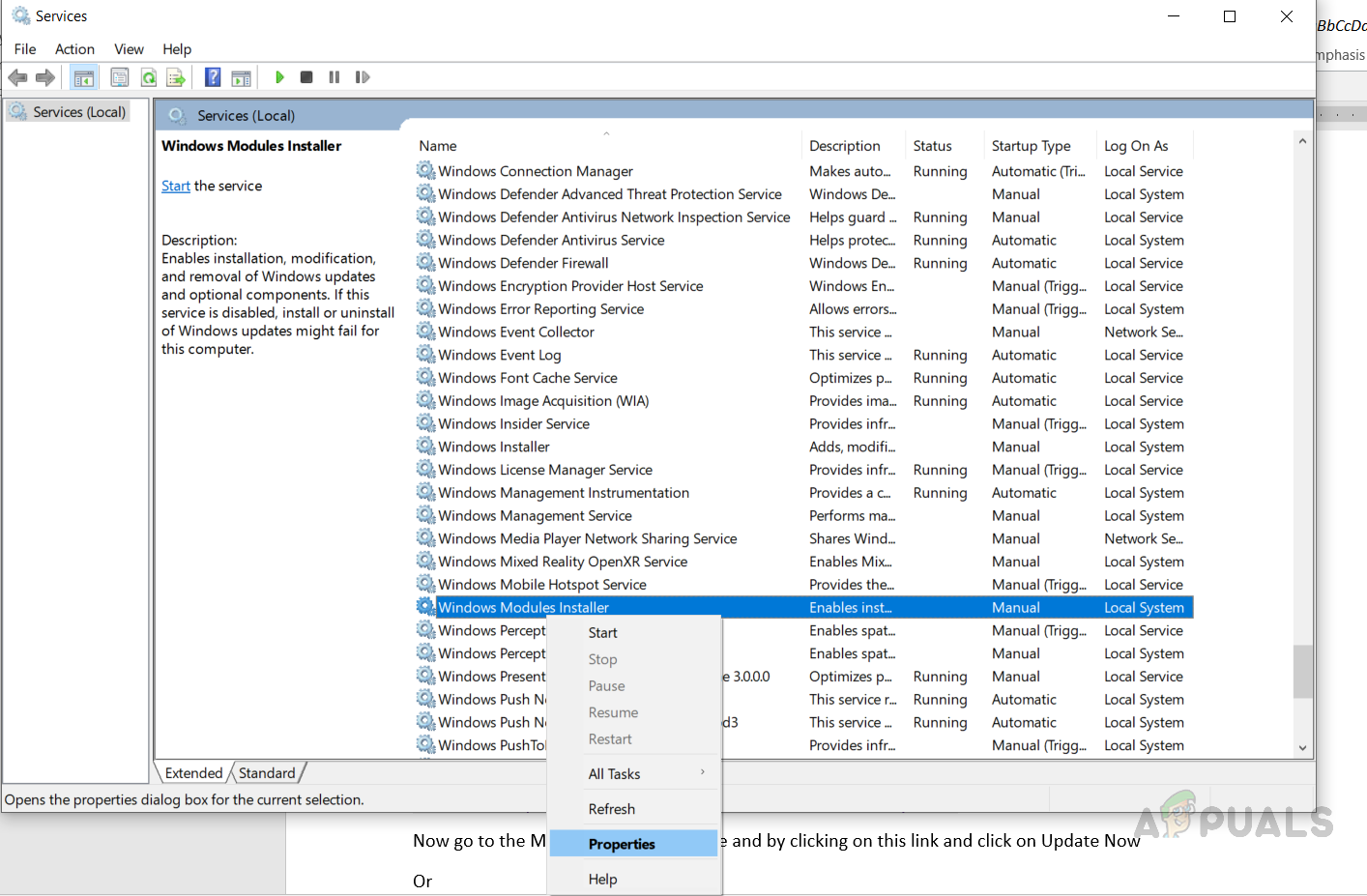
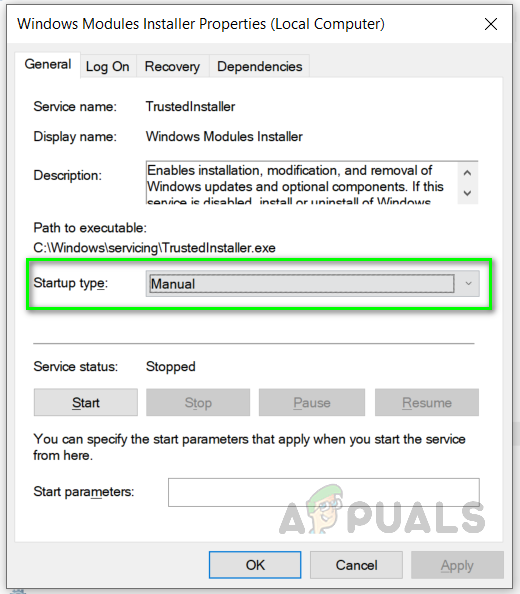
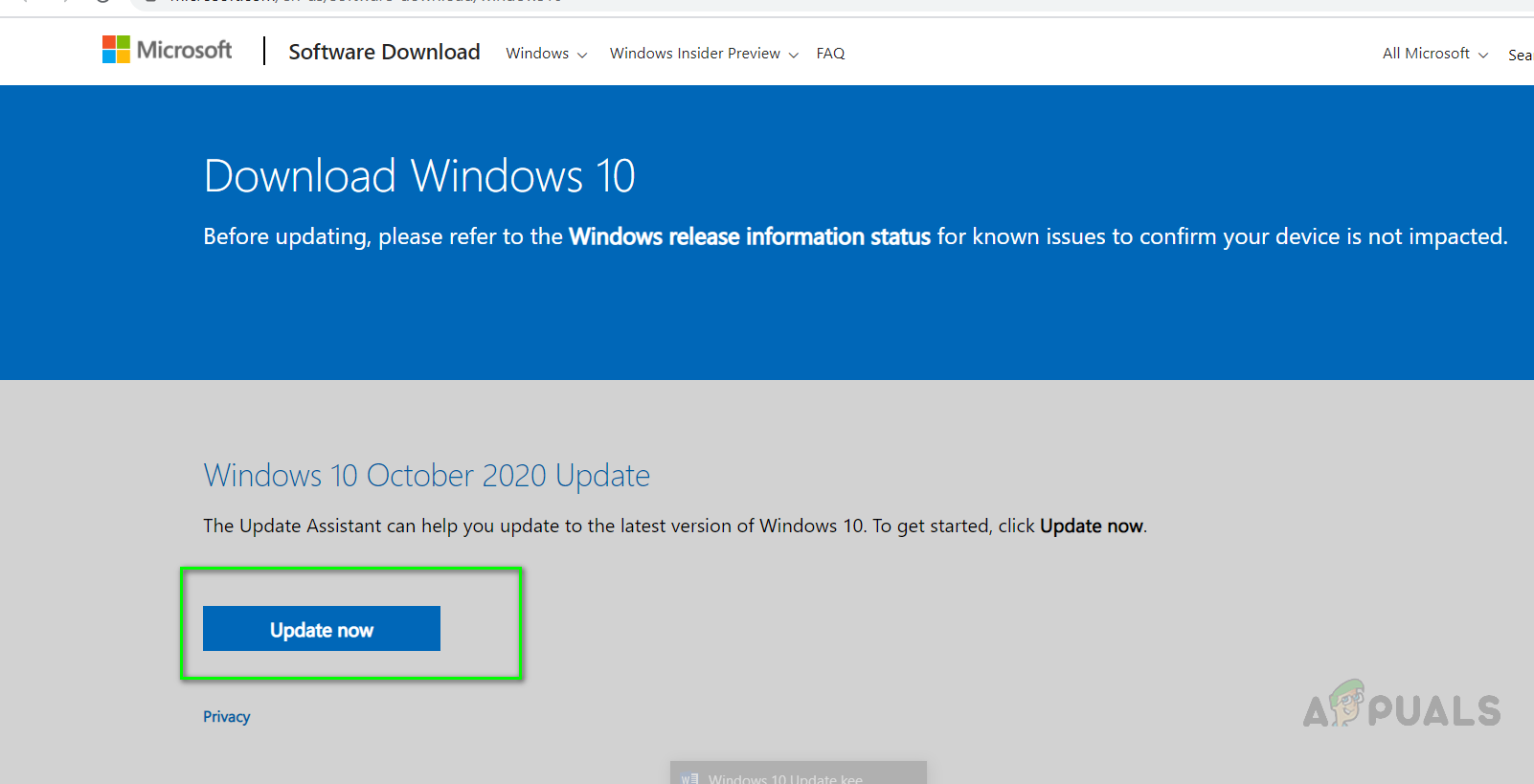

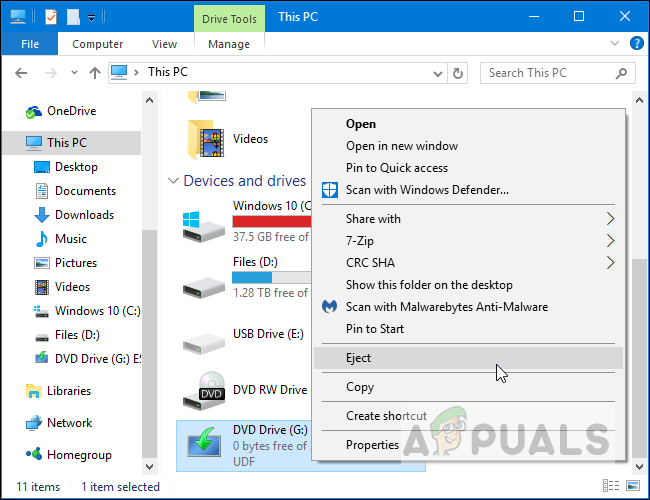
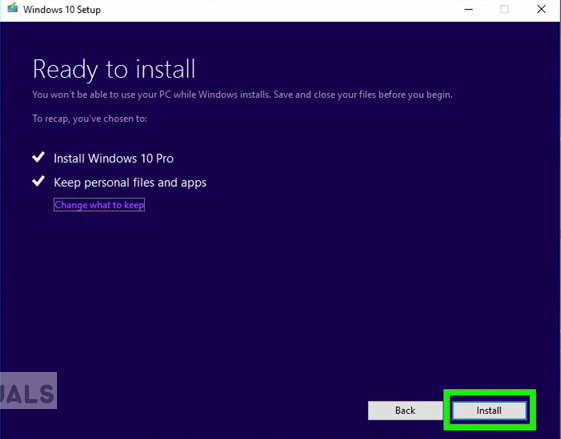
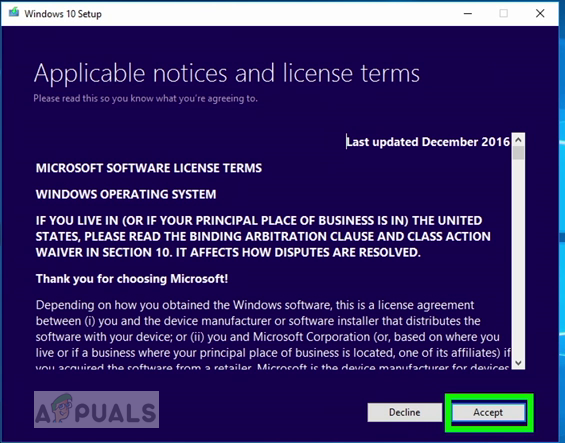
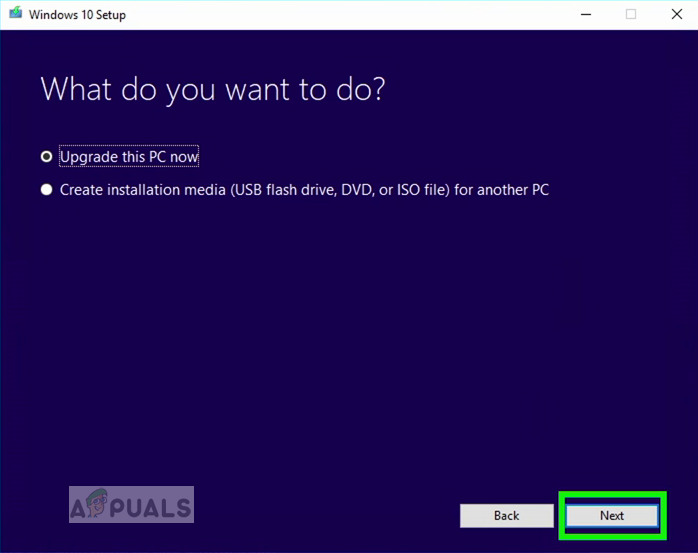

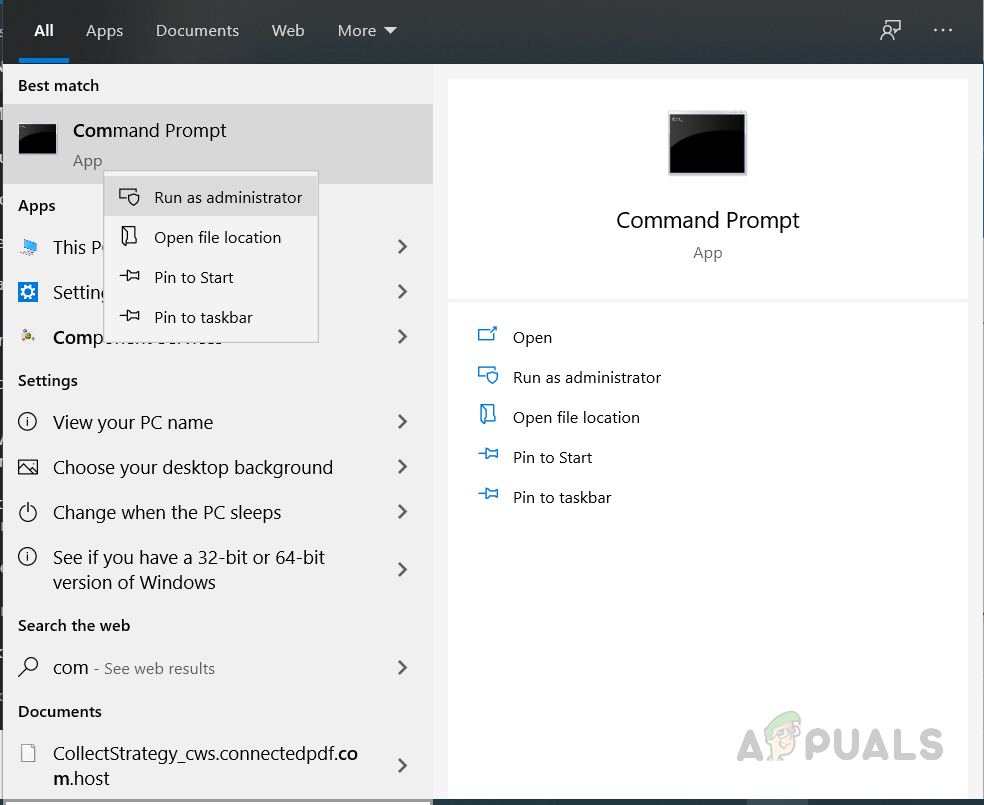
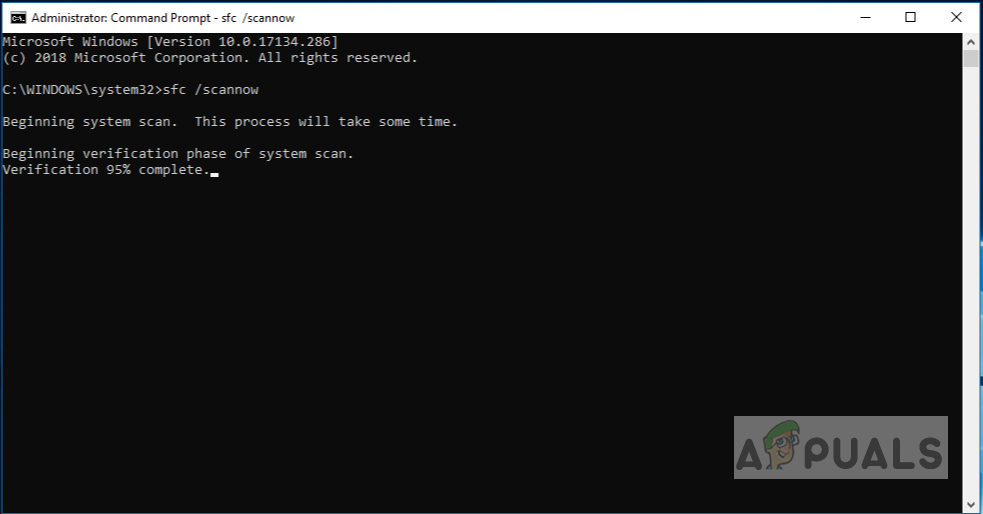
![]()

